Attic insulation is frequently compromised during a Hurricane. Most insurance company repair estimates include replacing the attic above damaged drywall but seldom address redistribution of blown insulation. The photo below illustrates what happens to blown-in insulation when high winds flow through the attic.
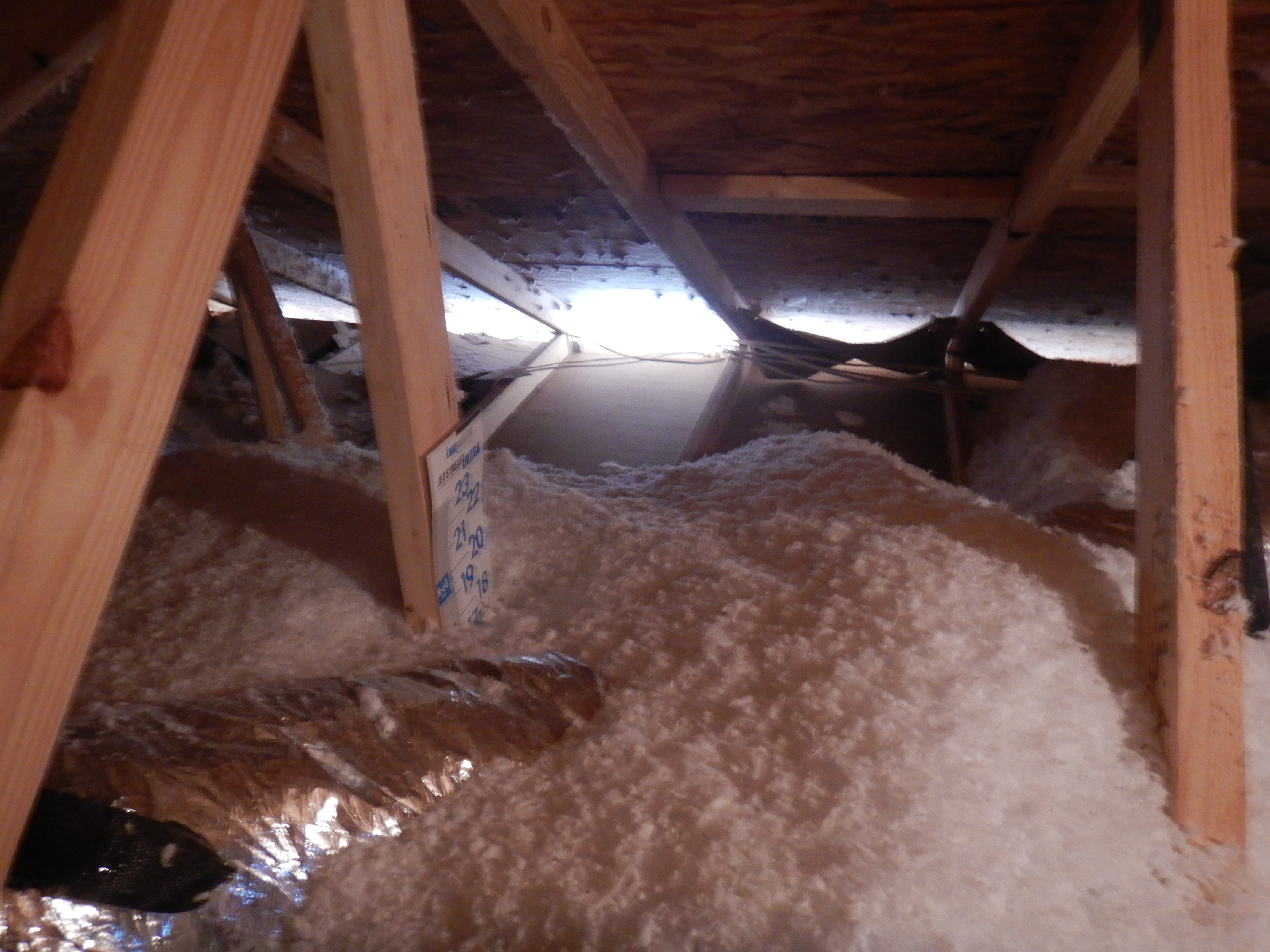
Several of the attic baffles are missing, and 1 is still visible in the photo. Since we know the trusses are 24-inches on center, we can estimate there is no fiberglass insulation within 3-feet of the edge of the walls. If this problem is not addressed, the heating and cooling bills will be affected for years to come.
The uneven distribution of insulation will make some rooms heat and cool quicker. As the temperature in these rooms cycle through the day, the homeowner will use air conditioning or heating when they normally would not. And, when the system is on, the requirements of these rooms will be higher which will throw the system off balance. Now we have a situation where the climate control systems are used more often and for greater duration than before the storm.
Now that most attics have trusses, access is much more difficult. This makes visual inspection more challenging but there are alternatives. Below, we have an infrared photo of the outside corner of a bathroom.
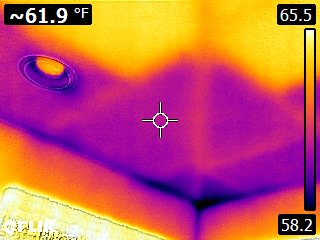
In this photo, the trusses are clearly visible. They appear as orange lines across the ceiling. This is because their insulating value is different from the remaining insulation and the un-insulated areas. It is important to remember other names for infrared photography is thermography or thermal photography. What we see is differences in heat across the image.
This particular image was taken with a FLIR E8 camera. One of the advantages of the advanced FLIR cameras is the incorporation of details from the visible light spectrum in the thermal image. In other words, the FLIR camera takes 2 pictures simultaneously; one with the infrared camera and a second with the visible light camera. Both images are blended using their proprietary software and we see a thermal image with physical details.
In our subject photograph, it appears the insulation was blown back from the edges of the ceiling. This is leading to cold spots at the edges of the room. This photo was taken on a cold day. That is why the edges are darker. The same room photographed on a hot day should be reversed; with the edges lighter than the middle. This because the attic would heat up faster. The resulting thermal transfer would reverse the result.
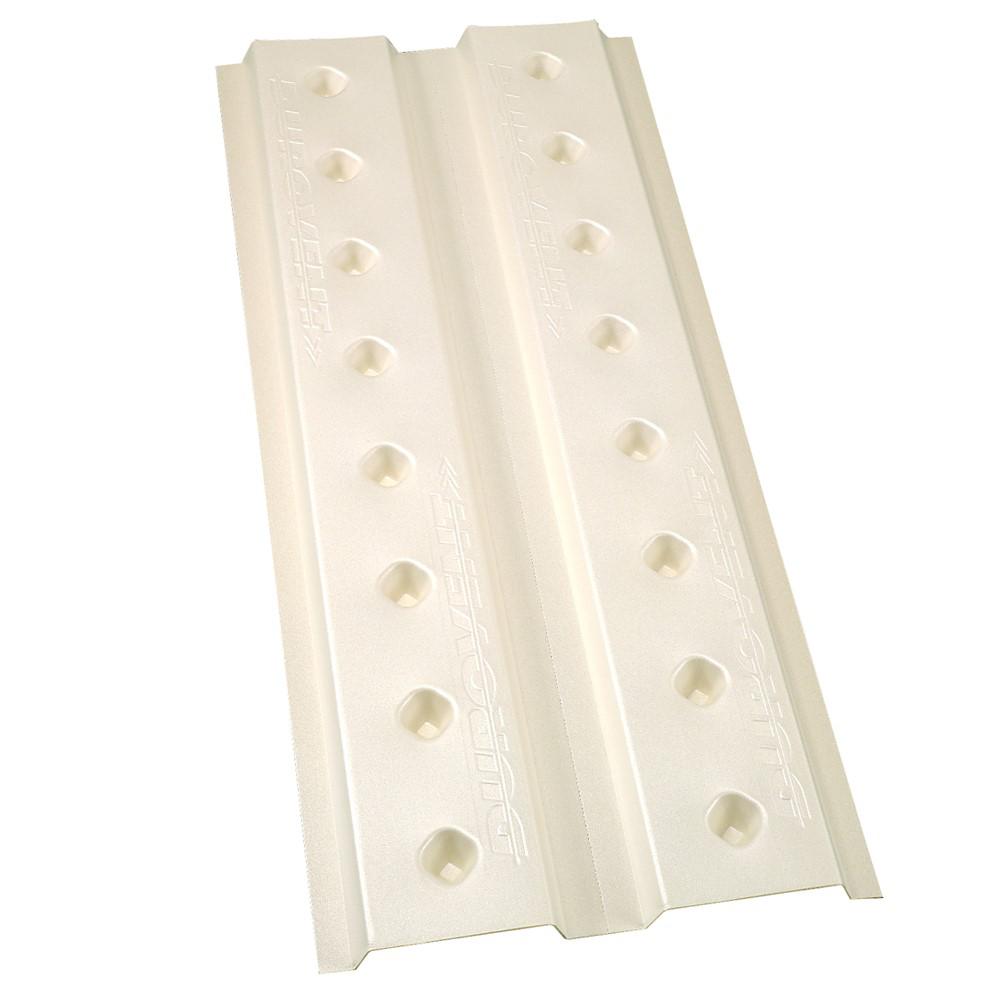 In both cases, the attic insulation system has failed from storm related damage and should be repaired.
In both cases, the attic insulation system has failed from storm related damage and should be repaired.
Current building codes require attic ventilation. Most homes use perforated eave material and either ridge vents or off-ridge vents. To prevent the insulation from blocking the ventilation at the edges of the house, foam baffles are installed.
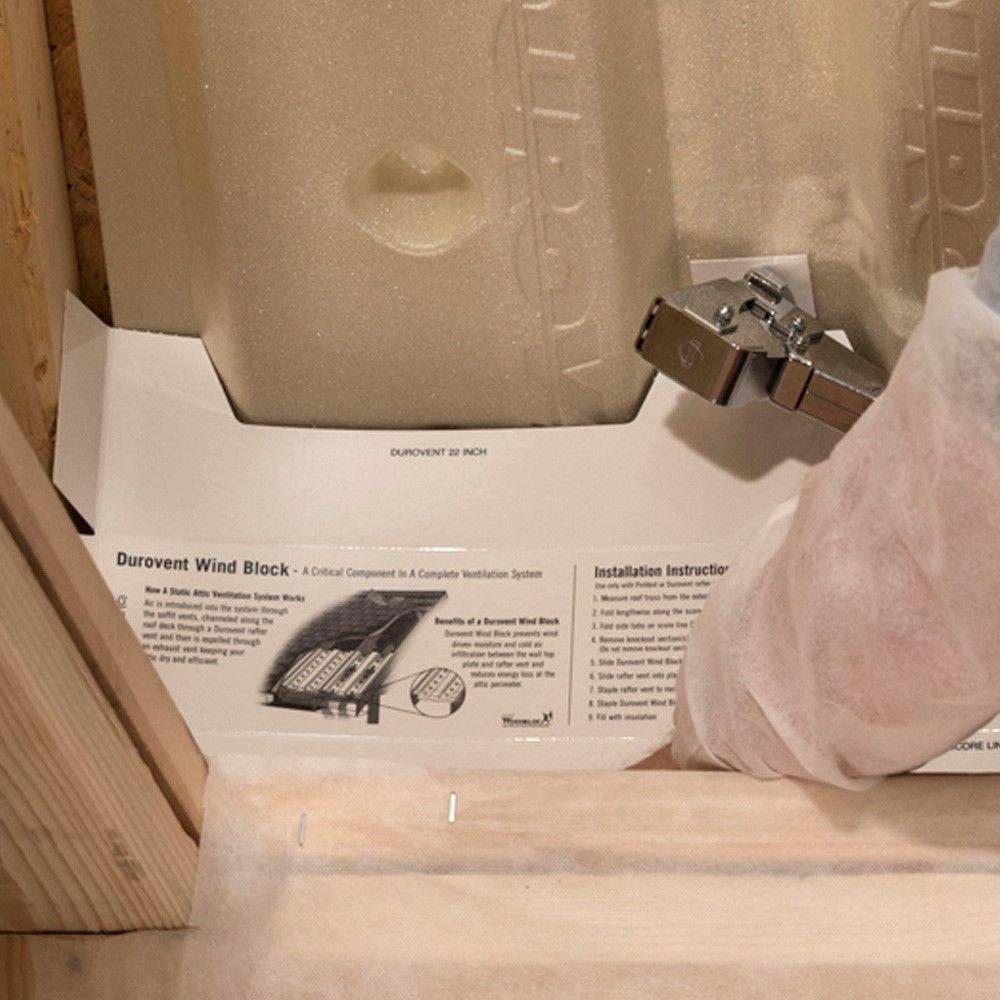
Since the foam baffles don’t completely fill the gap between the top of the wall and bottom of the roof deck, blown in insulation can leak out onto the soffit material. This is unsightly and reduces ventilation. Typically two types of dams are used: cardboard baffles that are installed with the foam vents or batt insulation.
The batt insulation can be installed before or after the drywall. It is more certain to install it before, but this option is seldom used. Typically, a piece of batt insulation is placed at the edge of the wall after the drywall is installed. This is also the type of installation used when repairing the attic insulation system.
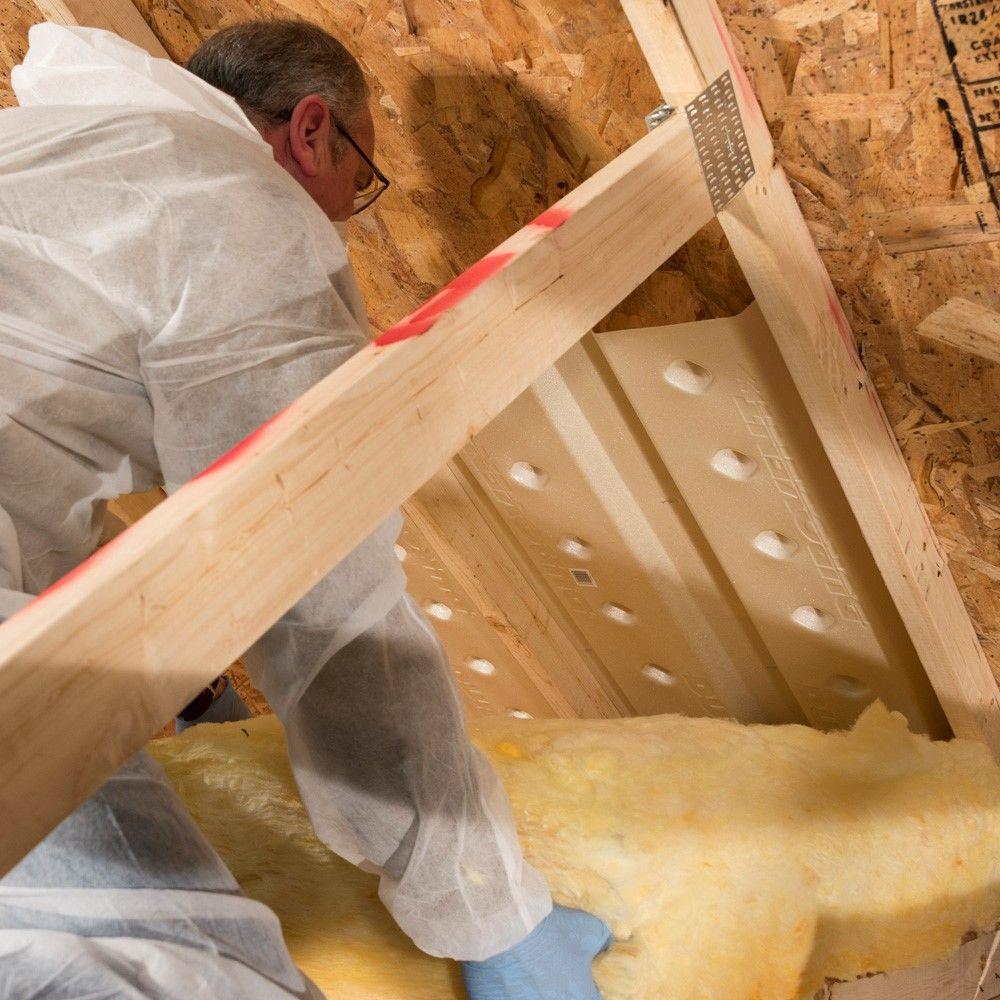
As you can see, there are options to repair your attic insulation system, but the damage must be identified and documented to obtain insurance benefits.
That is where Dorsten Claims comes in. We have identified many cases of attic insulation damage and successfully recovered the cost of repairs.